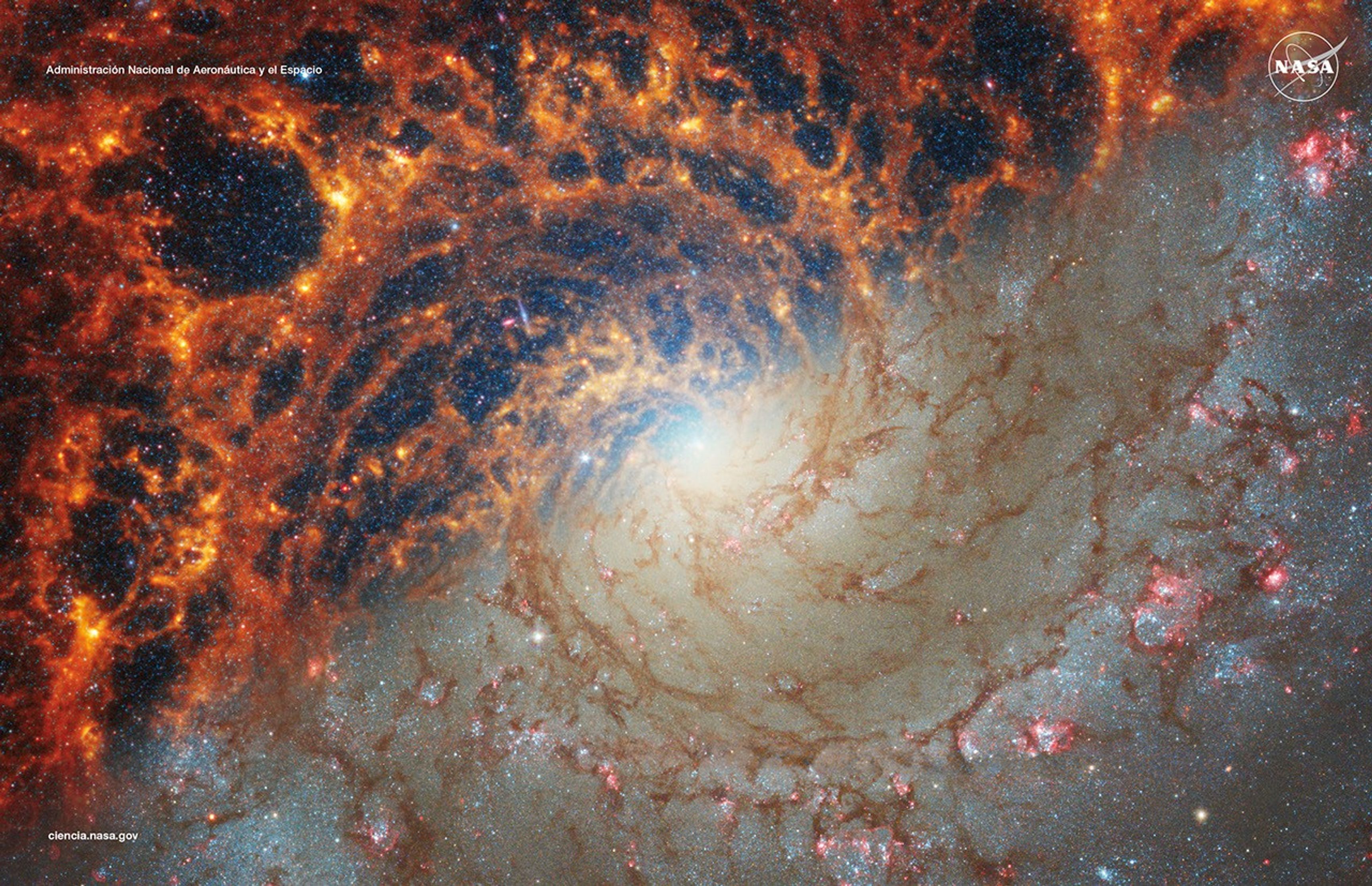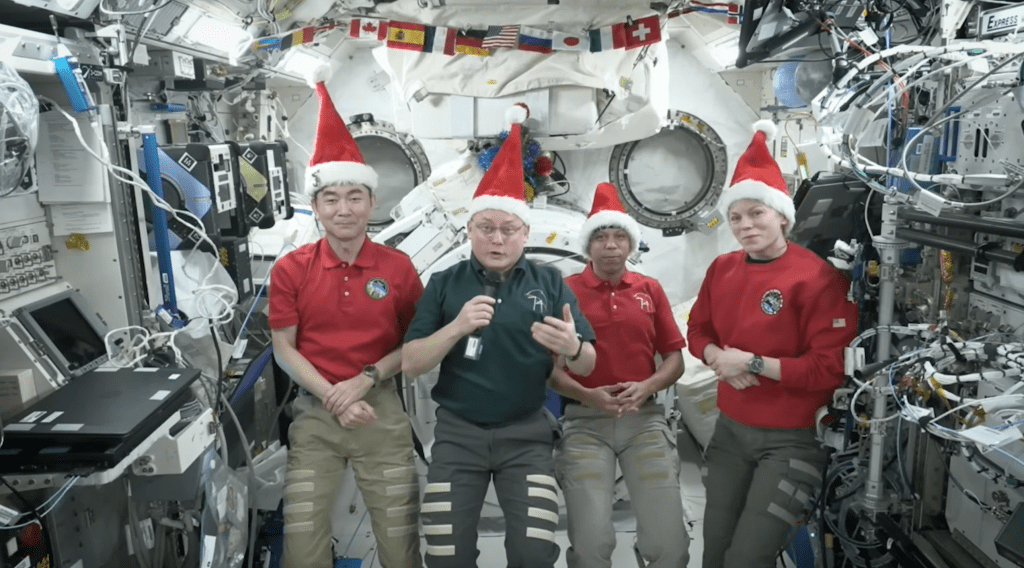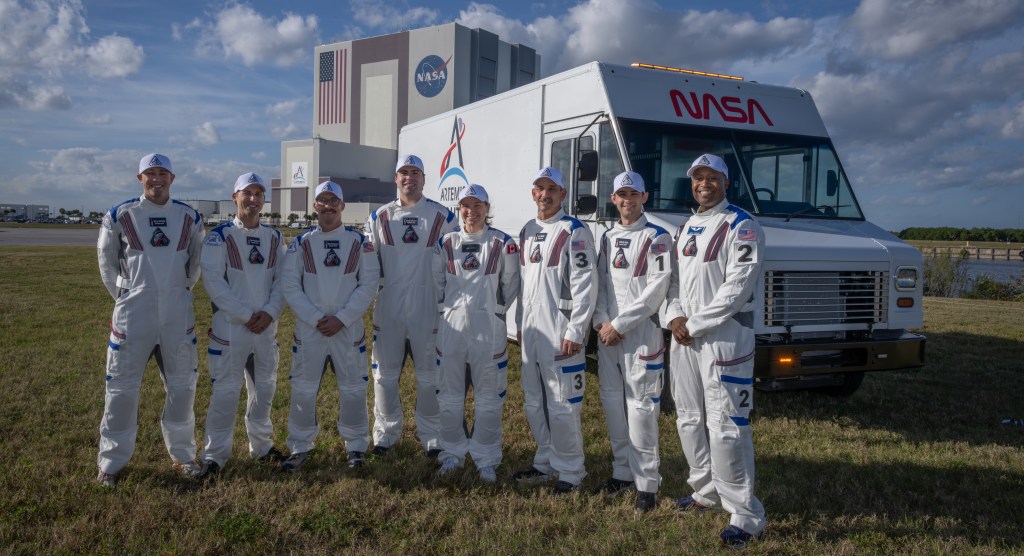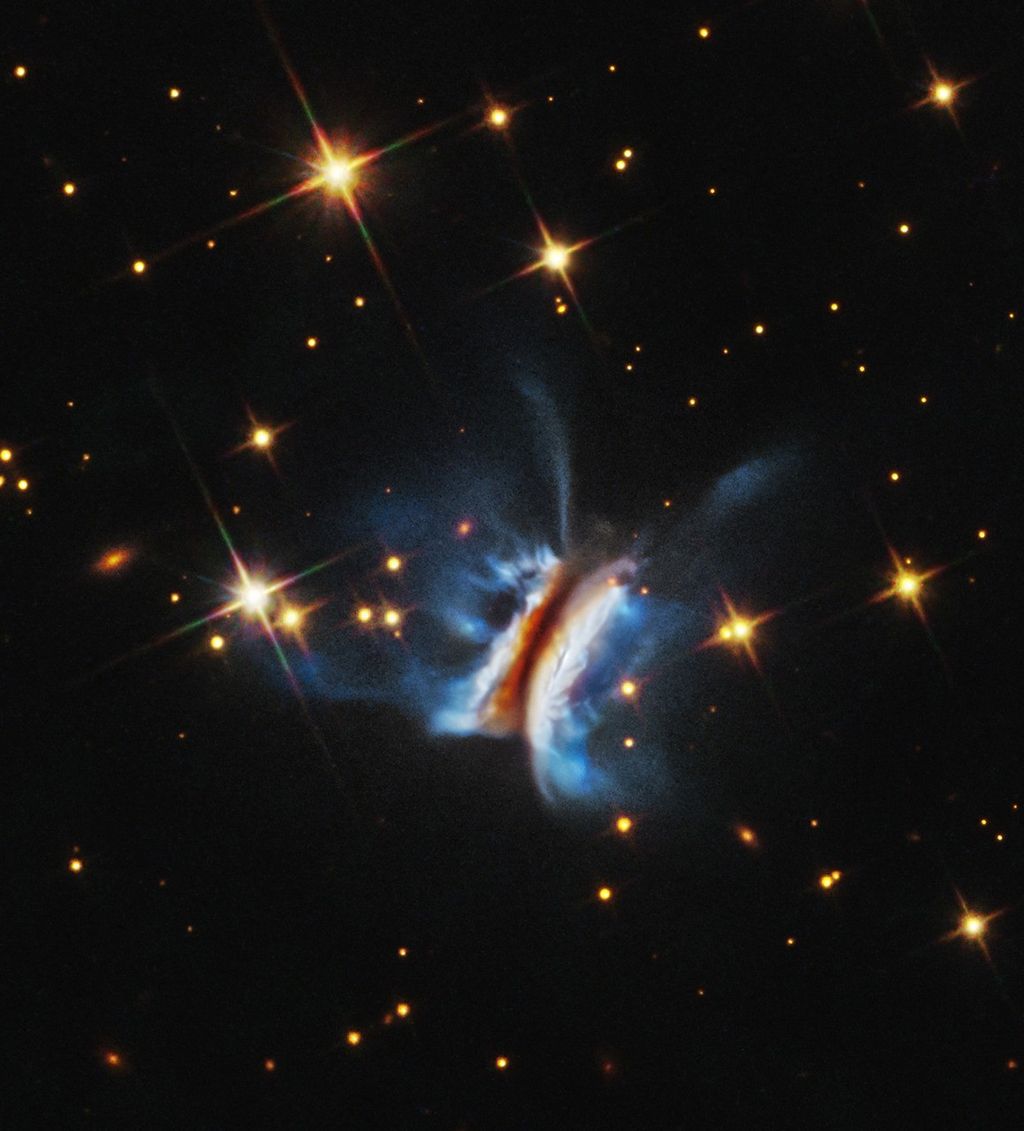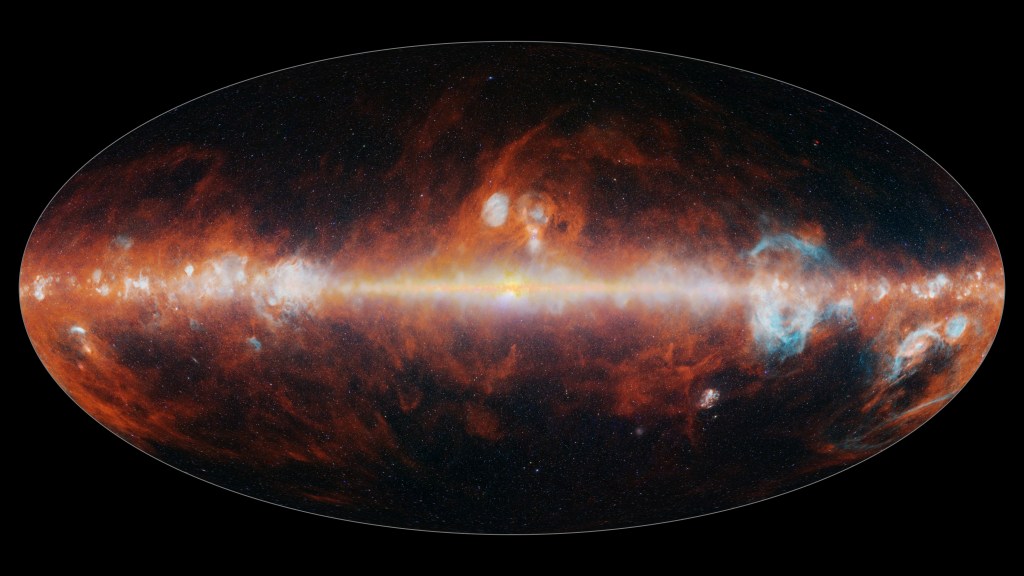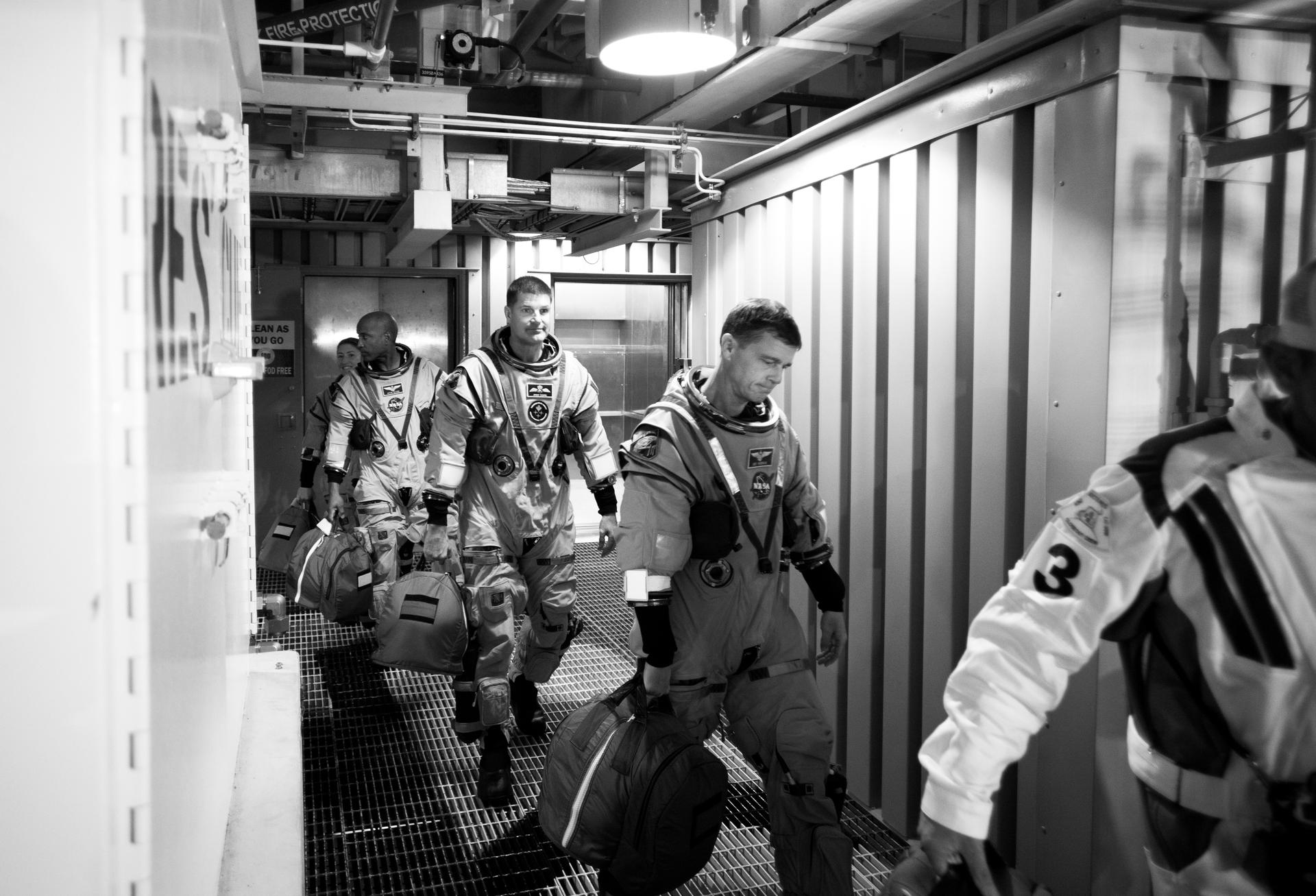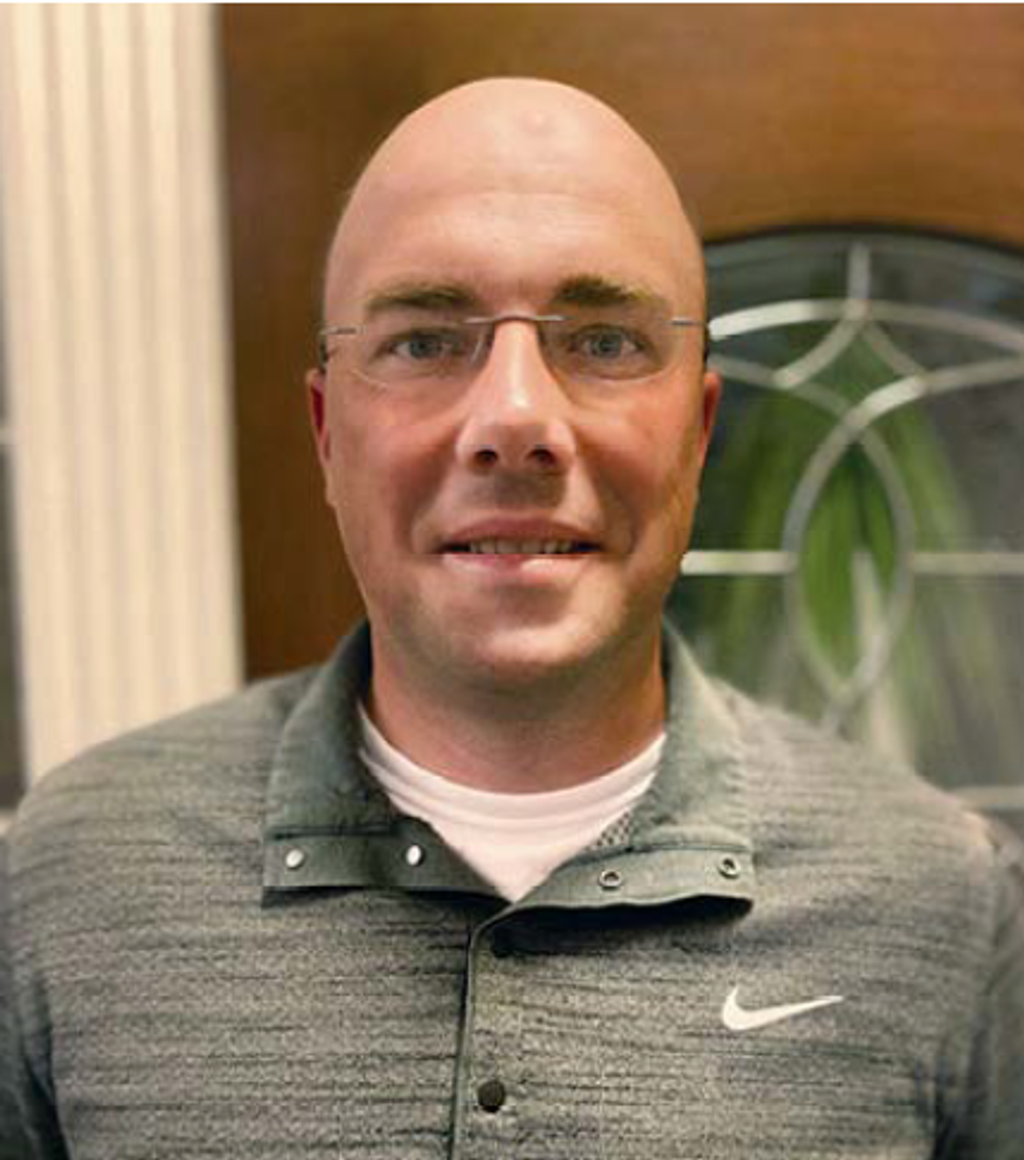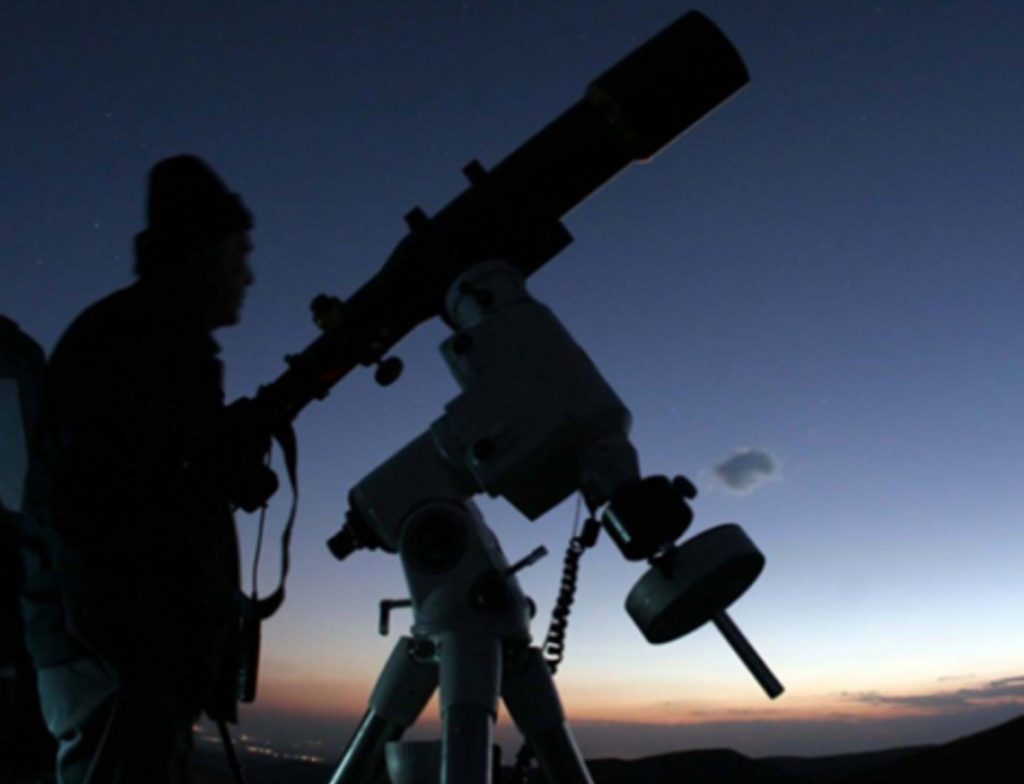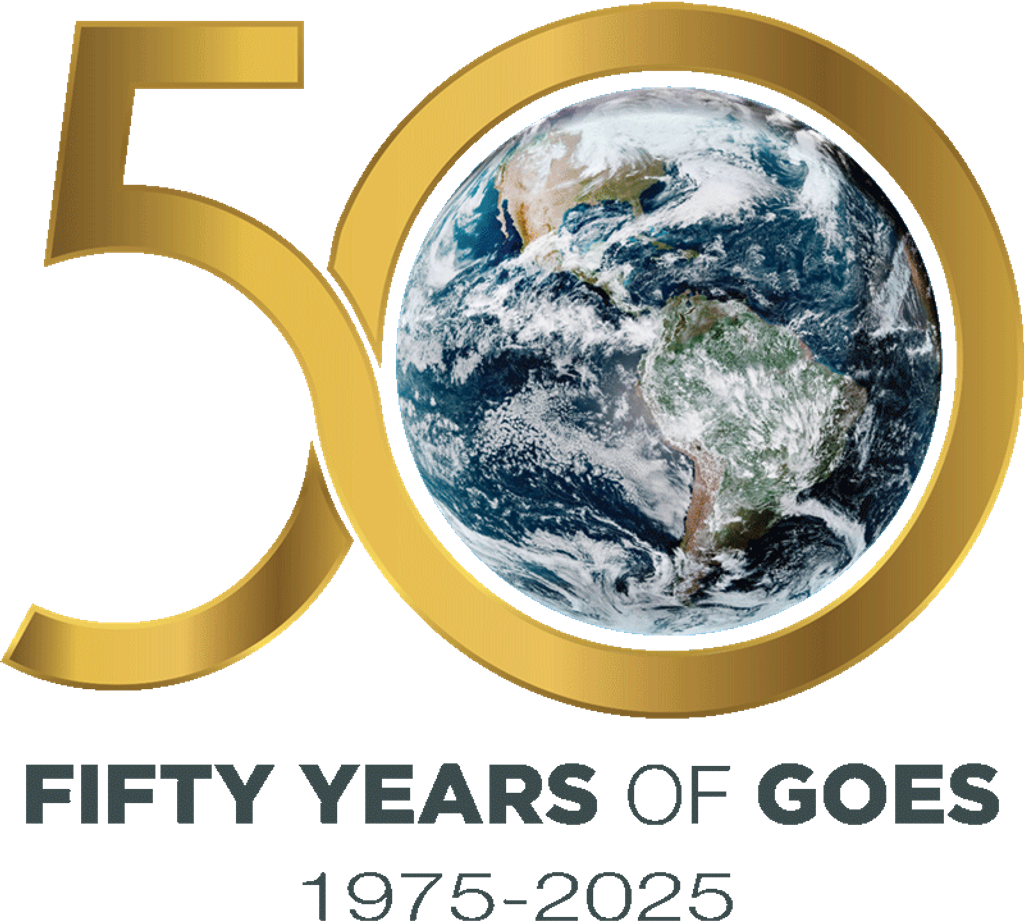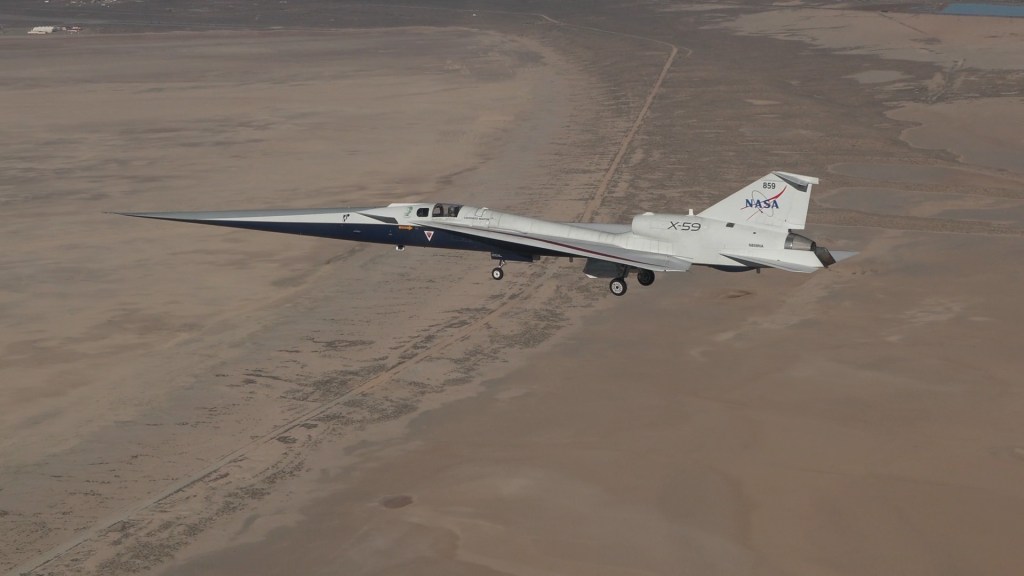Mission Studies
The X-ray Astrophysics Probe Study
2013 - 2014
In August 2013, NASA's Physics of the Cosmos (PCOS) Program established a Science and Technology Definition Team (STDT) to study concepts for a potential reduced-scale strategic spectroscopy X-ray mission. The X-ray Astrophysics Probe (XAP) STDT was constituted to assist the Astrophysics Division, through its PCOS Program Office, in developing a reference mission concept.
The mission study was ended with the 2014 selection of the Athena mission in Europe, at which point NASA began efforts to partner with ESA on Athena.
About X-ray Probe Study
To Develop a Mission Concept of High Scientific, Technical, and Programmatic Merit
The Decadal Survey endorsed the scientific objectives of the International X-ray Observatory (IXO) and made recommendations regarding the capabilities of the next large X-ray observatory derived from those of IXO.
The 2012 X-ray Astronomy Mission Concepts Study concluded that a probe-class mission could achieve a substantial fraction of the IXO science objectives at a significantly lower cost.

This study also concluded that the key focal plane instrument for a probe-class observatory is a microcalorimeter since the main IXO science themes endorsed by the Decadal Survey centered upon high-resolution, imaging X-ray spectroscopy. The notional mission in the X-ray Study named NCAL included a microcalorimeter and will serve as starting point for more thorough definition of an X-ray spectroscopy probe.
A STDT for an XAP is chartered to define a reference mission concept of high scientific, technical, and programmatic merit that would both advance the science goals and programs articulated for X-ray astronomy in the Decadal Survey and be executable within the Astrophysics Division's current notional budget profile. As described in the NASA Astrophysics Strategic Implementation Plan, if a large mission like WFIRST cannot be started this decade, then an X-ray Astrophysics Probe would be a candidate to start this decade as early as FY 2017. A FY 2017 new start, followed by efficient development of the mission, requires mature technology(ies), i.e., at or above TRL5, by the end of this decade. The mission definition study will identify technology requirements and design factors that will enable a probe-class microcalorimeter mission maximizing NWNH science goals and programs, and these will be used to guide technology investments during the remainder of this decade.
The results of the XAP STDT study will be considered by the NASA Astrophysics Division and jointly by the NRC Committee in Astronomy and Astrophysics along with studies from other STDTs.
STDT Task Description
The XAP STDT will optimize the scientific and technical options for a probe-class mission to meet the X-ray science goals and program prioritizations of the Decadal Survey, following the spectroscopy studies of the X-ray Concept Study Team in 2012, building on the NCAL probe designed by the latter.
The science goal of the STDT will be to establish science requirements, investigation approaches, key mission parameters, and other scientific studies needed to support the definition of an implementable space mission concept. The technical goals of the STDT will be to establish the programmatic, technical, risk, and implementation approach in the current environment where significant attention is paid to cost performance for NASA projects. Engineering support for the STDT will be provided by the PCOS Program Office. For details on the specific STDT tasks, please see the STDT Charter.
Members of the STDT will participate in activities in support of this effort. The results of the study will be summarized in a report to be delivered to NASA and publicly shared with the community (e.g., through the Committee on Astronomy and Astrophysics).
The X-ray Astrophysics Probe Science and Technology Definition Team
| Name | Institution |
|---|---|
| Jay Bookbinder, Co-Chair | Center for Astrophysics |
| Niel Brandt | PSU |
| Laura Brenneman | Center for Astrophysics |
| Sebastian Heinz | University of Wisconsin |
| Ann Hornschemeier, Co-Chair | NASA Goddard Space Flight Center |
| John Hughes | Rutgers |
| Hironori Matsumoto, ISAS / JAXA Representative | Nagoya |
| Dan McCammon | University of Wisconsin |
| Richard Mushotzky | University of Maryland |
| Rachel Osten | Space Telescope Science Institute (STScI) |
| Paul Plucinsky | Center for Astrophysics |
| Brian Ramsey | NASA Marshall Space Flight Center |
| Christopher Reynolds | University of Maryland |
| Mark Schattenburg | MIT |
| Ex Officio | |
| Robert Petre, XAP Study Scientist | NASA Goddard Space Flight Center |
| Rita Sambruna, PCOS Program Scientist | NASA Headquarters |
References
News Straight to Your Inbox
Subscribe to your community email news list
We will never share your email address.
